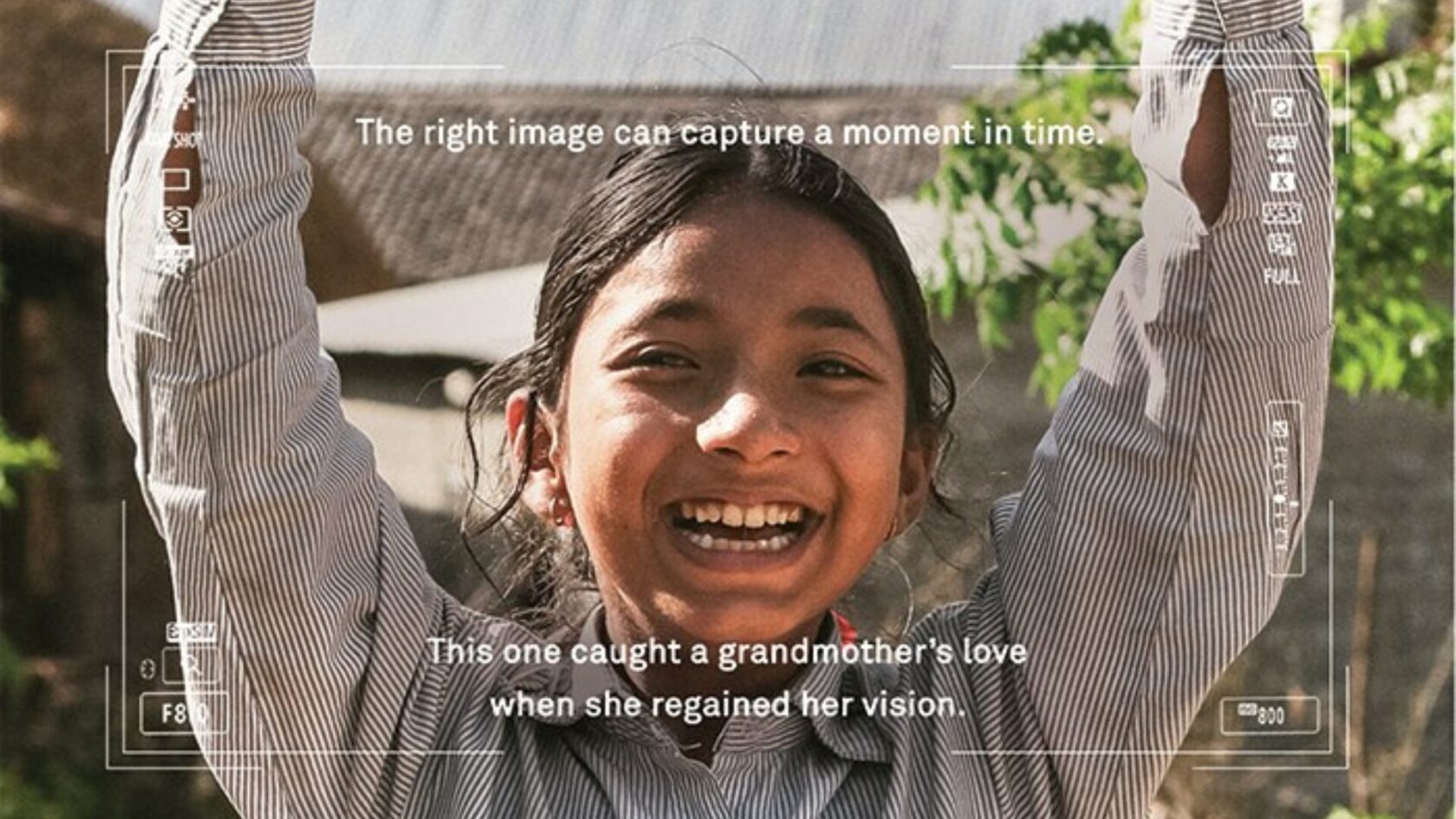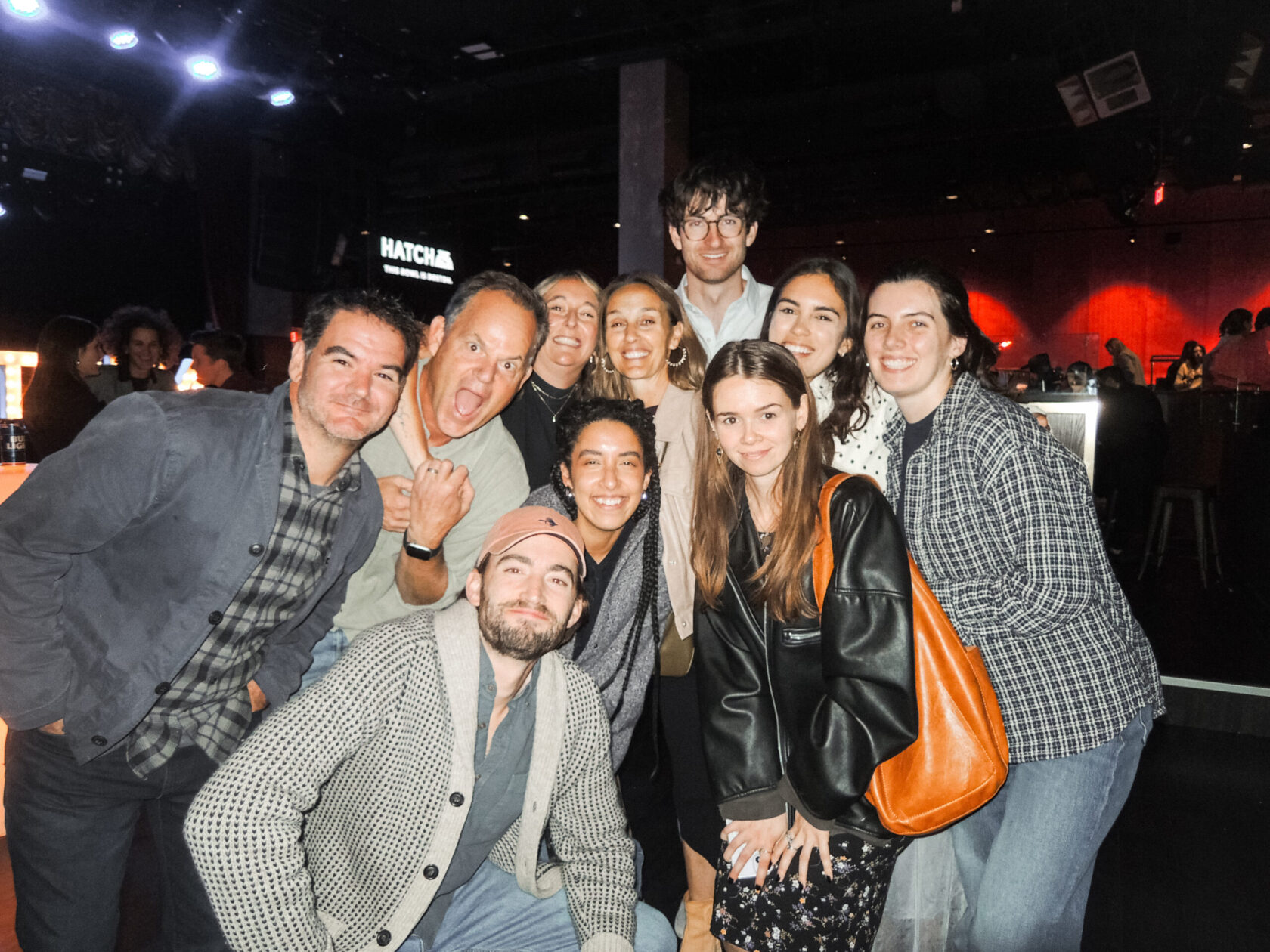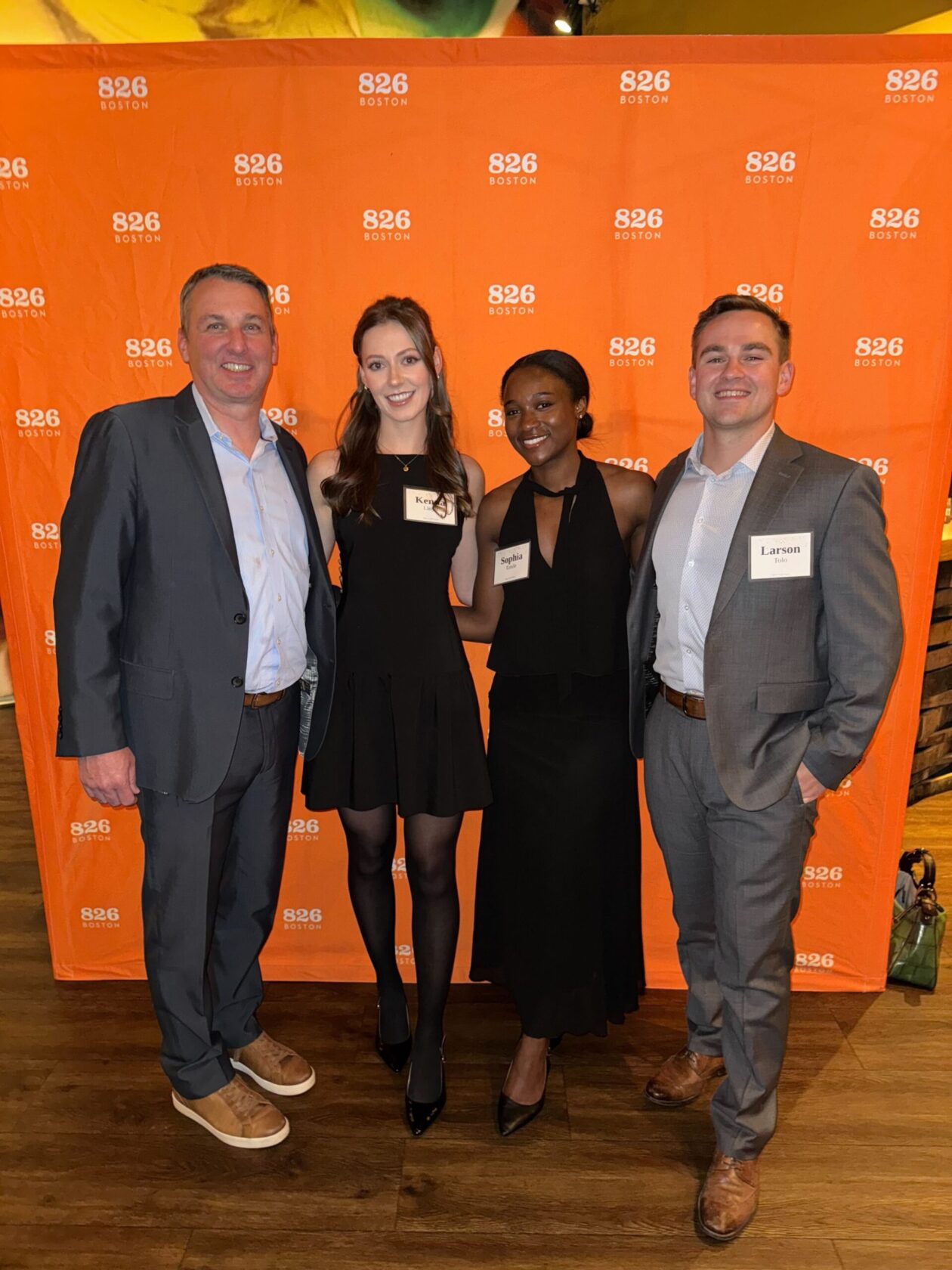Gene Begin, Managing Director, CP Education
It was another amazing few days at the AMA Symposium for the Marketing of Higher Education. This year’s conference brought together more than 1,600 attendees from 49 states (2026, Alaska?), 14 countries, 99 institutions, and 125+ industry partners to tackle the seismic shifts facing our sector.
Besides the amazing community that energizes old and new friendships every year I attend, three central themes became clear for me : fostering creativity to energize high-performing teams, re-centering our focus on student success amid daunting macro industry conditions, and strategically integrating and embracing AI’s role in the college search process.
Fostering Creativity: Connecting the Dots From Noise to Wisdom
Author and podcaster Todd Henry kicked off the first full day of sessions with a keynote focused on creativity, bravery and brilliance. In a world drowning in noise, he walked through his framework for filtering that noise into data, information, knowledge, understanding, and finally wisdom. Throughout this process, he identified creativity as our vital differentiator.
Henry highlighted the famous Steve Jobs quote: “Creativity is just connecting things.” This suggests that creativity is less about a sudden spark of genius and more about the skillful, relentless mixing of a rich, diverse set of life experiences.
To ensure our teams remain prolific, brilliant, and healthy, Todd suggests we need to cultivate a clear creative rhythm. This rhythm can be built on five core elements, which he organizes with the acronym FRESH:
- Focus
- Relationships
- Energy
- Stimuli
- Hours (time for ideas and creative “back burning”)
Henry argues that by actively managing these five areas, a person can move from being an “accidental creative” (reliant on chance) to a prolific, brilliant, and healthy creative professional who can deliver great ideas “on demand.” Consistent creative performance is not about waiting for inspiration, but about establishing a sustainable rhythm and structure around these fundamental daily practices.
Student Success: Our Right to Exist
Higher education is currently navigating significant headwinds. A few mentioned at the conference include:
- Economic conditions are impacting student decisions.
- Health and wellness are a growing concern for students.
- The demand signal is shifting, with the percent of jobs requiring bachelor degrees declining, according to data from Indeed.
- We’re facing a perception crisis: two-thirds of Gen Z audiences do not feel they need a degree, and 51% of them who went to college think it was a waste of time and money.
Amidst undeniable macro-level challenges, it was refreshing to hear that the ultimate anchor for all of us in higher education is student success. Ted Mitchell of ACE articulated this perfectly during the panel of higher ed organizational leaders: “Student success is the one thing we can all do. It provides higher ed the right to do what it does.”
Fighting against these headwinds can seem overwhelming. Yet. If you center why we do what we do on the success of each individual student, current and future, we become grounded and able to focus on the immediate impact we can have in this moment.
The AI Revolution in College Search
The most dramatic shift is the increasing role of AI in the college search process. A survey conducted by U.S. News & World Report of 1,600 high school, college, and graduate students shows that students are actively integrating AI into their research:
- 12% of students are using AI Chatbots for their college research.
- More than 50% of high school students reported that AI agents were important for comparing schools.
- Students use AI comparisons for critical factors like: basic college stats, costs, academic programs, debt and financial aid, and graduation rate.
- Only about 10% are using AI for college application development.
Furthermore, the ways Gen Z consumes information are changing. Speaker Vanessa Lea Otero from Ad Fontes Media shared that more than 50% of Gen Z get their news from “news influencers.” The data on traditional search methods also shows how much is evolving in both online search and traditional referral methods.
- Use of Google in the college search process is down from 71% to 64%.
- Social search is increasing: Instagram is now tied with YouTube at 17% use, TikTok is used by 15%, and Reddit by 10%. YouTube experienced a 6% drop year-over-year.
- The use of AI is having a significant impact on human touchpoints, causing a huge drop in the number of students meeting with their counselors.
What This Means for Marketers
AI is quickly becoming a trusted initial source for comparative data. This means university website content must be immaculate, transparent, and easy for AI to parse. Content sources feeding AI tools include our website, as well as Reddit, Wikipedia, and trusted 3rd-party sites. We must ensure that the facts and figures AI agents pull from our sites and these trusted partners are accurate, up-to-date and paint the most compelling picture of our institution’s value. Periodic audits of our institutions’ digital footprints must be conducted on a regular cadence.
We also must acknowledge the rise of social channels as essential search tools. This requires a fundamental shift in our marketing strategy to re-assert the value proposition of a college degree in a way that resonates with today’s audience. Developing branded content on social media is crucial but so is using authentic advocate and influencer marketing to be presently available on Instagram, TikTok and YouTube when social searches occur.
Finally, the drop in counselor meetings signals an urgent need to pivot the role of admissions staff. Their focus must shift even more so from transactional information delivery to high-value, relational, and empathetic guidance that AI cannot replicate.
The AMA Symposium has given us a clear mandate: Embrace the change. We must be more creative, more intentional about student success, and more strategic about how we integrate AI into our marketing funnels to meet students where they are.



